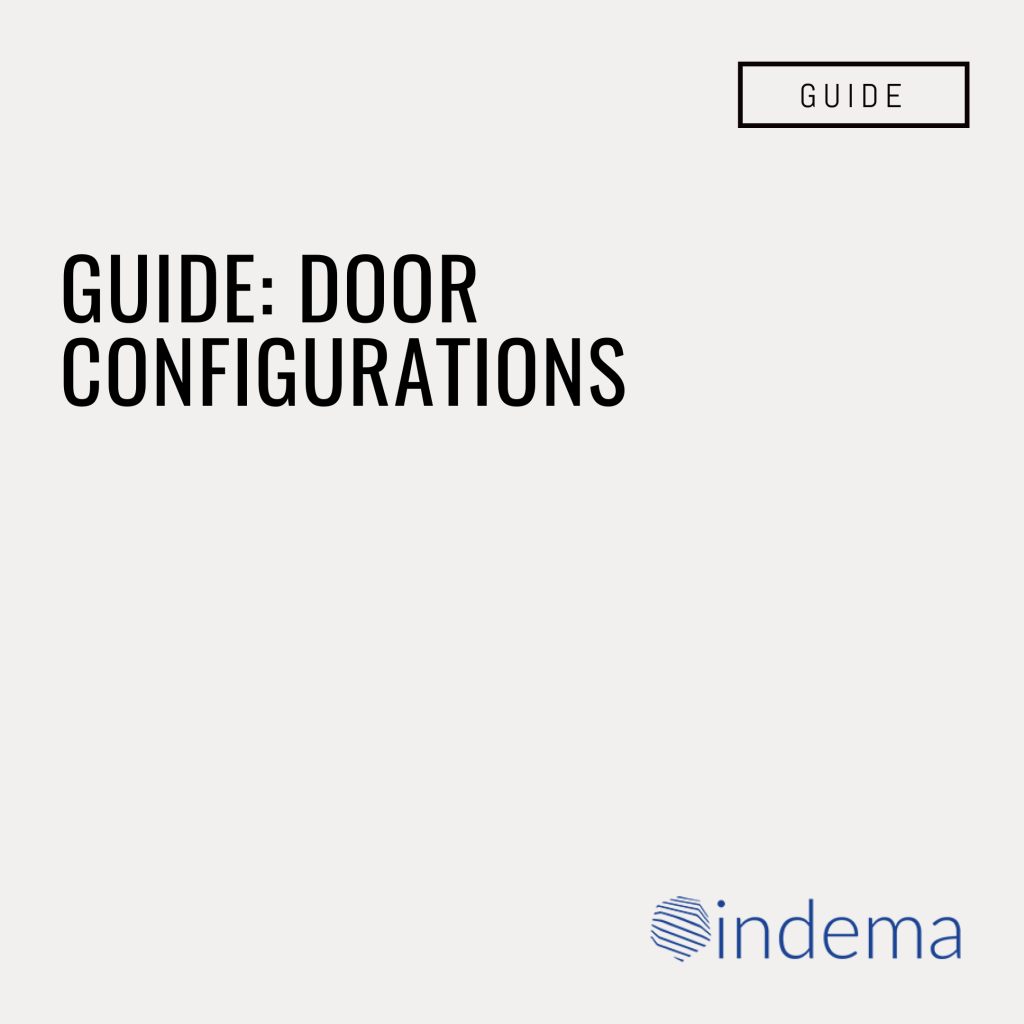Overview of what do designers charge for Project Management
In the realm of interior design, project management plays a crucial role in ensuring that every aspect of a project runs smoothly. An interior designer takes on the responsibility of overseeing everything from conceptualization to execution, making sure that the vision aligns with the client’s needs and budget. Effective project management involves meticulous planning, coordination with contractors, and continuous communication with clients.
Importance of Hiring an Interior Designer
The decision to hire an interior designer can be transformative for any space. Professionals bring a wealth of experience, creativity, and industry knowledge, allowing clients to achieve a cohesive and functional design efficiently. Additionally, they save time and help avoid costly mistakes, guiding clients through the selection of materials, furniture, and layouts that suit their aesthetic and practical requirements.
Factors Influencing Project Management Fees
Scope of Work
The scope of work is a primary factor that influences the fees charged for project management in interior design. Larger projects with extensive requirements often lead to higher fees, as they demand more time and resources. Conversely, smaller projects may incur lower costs due to reduced complexity and duration.
Level of Experience and Expertise
The level of experience and expertise of the interior designer also plays a significant role in determining project management fees. Seasoned professionals with a robust portfolio tend to charge more due to their proven track record and depth of industry knowledge. On the other hand, emerging designers may offer services at lower rates to establish themselves in the market, making it essential to weigh quality against cost.
Common Pricing Structures
Fixed Fee
A fixed fee pricing structure provides clients with a clear understanding of the total costs involved in project management. This method often comes into play for well-defined projects where the scope is clearly established. Clients appreciate the predictability of fixed fees, knowing they won’t face unexpected charges, allowing them to budget effectively.
Hourly Rate
Conversely, the hourly rate pricing structure is more flexible and may be suitable for projects with uncertain scope or ongoing requirements. Designers charge clients for the actual time spent on the project, which can lead to variations in the total fee. This approach is advantageous for clients who may need changes or additional input throughout the design process, as it allows for transparency while compensating designers fairly for their time and expertise.
Additional Costs to Consider
Material Procurement Fees
In addition to the main pricing structure, clients should be aware of potential material procurement fees. These costs arise when designers need to acquire specific materials or products for a project. Understanding this fee structure is crucial for clients to avoid any unexpected financial strains while ensuring high-quality results.
Travel Expenses
Travel expenses can also impact the overall budget, especially for projects requiring site visits or meetings outside the designer’s usual location. Clients should factor in these potential costs when planning a project. Being proactive about discussing travel requirements with the designer can help both parties manage expectations and minimize any surprises associated with transportation and lodging expenses.
Negotiating Project Management Fees
Understanding the Contract
It is essential for clients to thoroughly review the contract before beginning negotiations regarding project management fees. This attention to detail helps them understand the included services, timelines, and any additional costs that may arise throughout the process. A well-drafted contract ensures that both parties are on the same page, minimizing the chances of disputes later on.
Setting Realistic Budget Expectations
When negotiating fees, clients should also set realistic budget expectations. Communicating openly about financial limitations can lead to more favorable terms. Designers often appreciate transparency and can offer tailored solutions that align with the client’s budget, without compromising the quality of the project. This proactive approach fosters a collaborative environment and encourages successful negotiations.
Project Management Best Practices
Communication and Transparency
Effective communication is crucial in project management, as it allows for clarity and understanding between all parties involved. By fostering an environment of transparency, project managers can ensure that clients are kept informed about progress, potential issues, and necessary adjustments. Regular updates and open dialogues can prevent misunderstandings and build trust.
Project Timeline and Deadlines
Establishing a clear project timeline is another key best practice in project management. Clients must be aware of realistic deadlines and milestones to monitor their project’s progress effectively. This involves setting expectations for deliverables and ensuring that all team members are aligned with their responsibilities. By adhering to timelines, teams can maintain workflow efficiency and ensure successful project completion.


